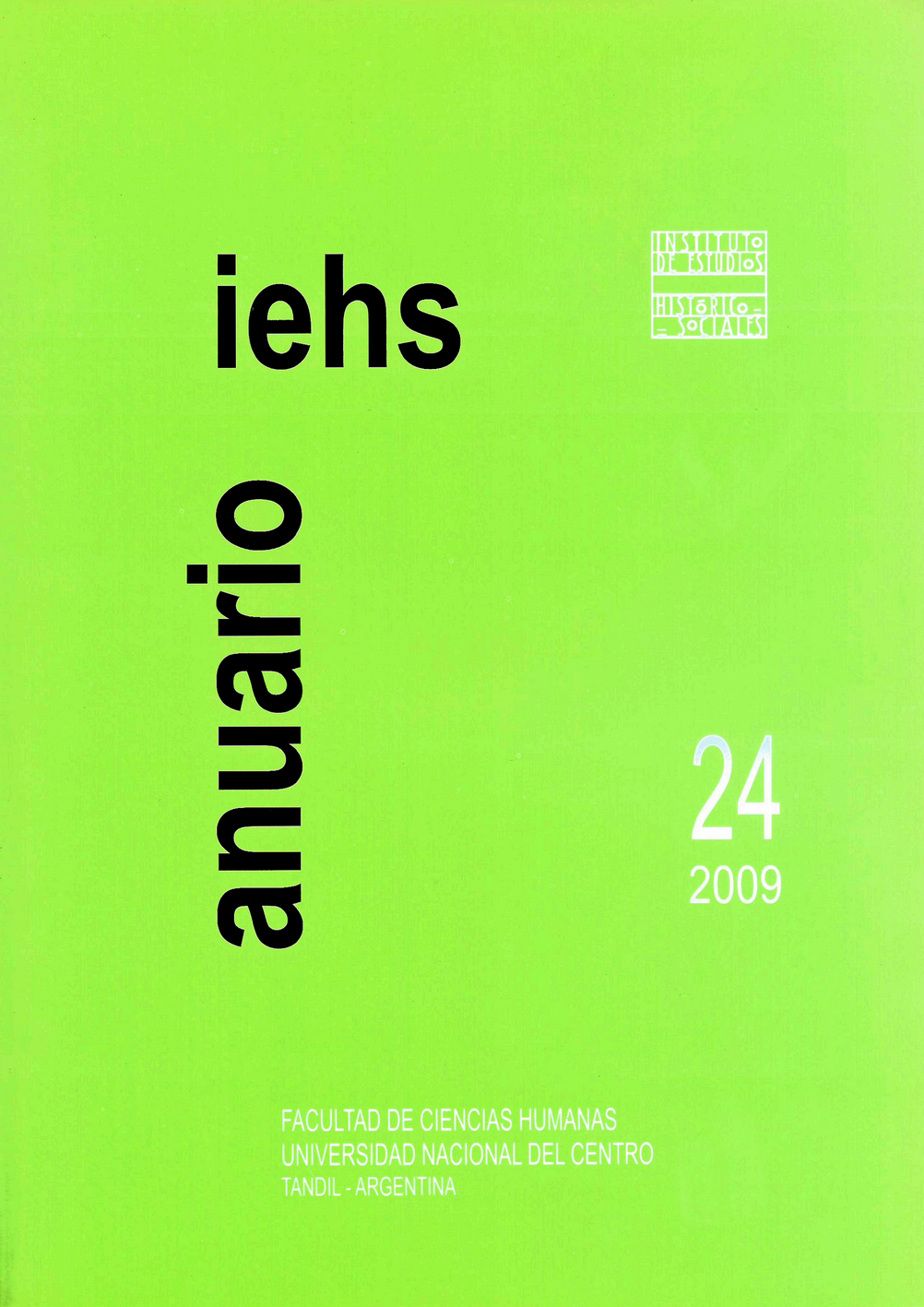Felipe II y el arte de la representación de paisajes urbanos
Keywords:
Cityscape, Urban Morphology, City Representations, Philip II, Anton Van den WyngaerdeAbstract
In early modern societies the city was not only a fact itself but also a fact created and shown as a representation of a material reality. These urban representations or artistically created cityscapes expressed urban spaces morphologies ordered according to specific criteria. Several artists tried to get and represent the city as a vista that concentrated institutions and buildings that expressed government and civilization; the space where the social elite families had their main residences. In the ages of Renaissance, from the Italian Toscana up to the Spanish empire court of Madrid and even in the Pope court of Rome there was a great elite preoccupation about the art of showing cityscapes. Philip II took part of this cultural environment that gave him the chance of showing –throughout engravings, drawing, paintings etc.– the lands under the Crown rule and also the civility with which all those territories were ordered under the same king. In this article the analysis of Anton Van den Wyngaerde cityscapes allows the author the explanation of the political implications underneath the representation of urban features in those cityscapes in the Golden ages of the Spanish empire.
References
.
Downloads
Published
Issue
Section
License
Copyright (c) 2024 Anuario IEHS

This work is licensed under a Creative Commons Attribution-NonCommercial 4.0 International License.



